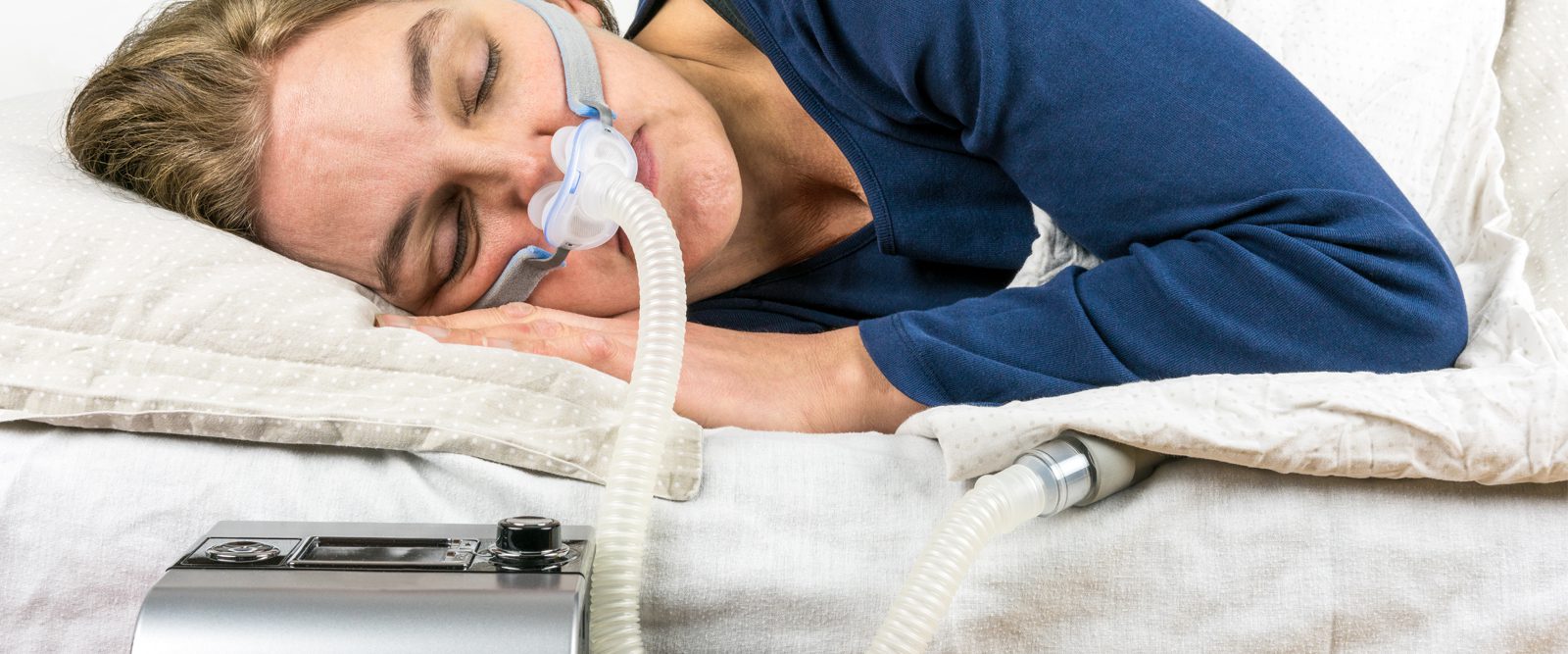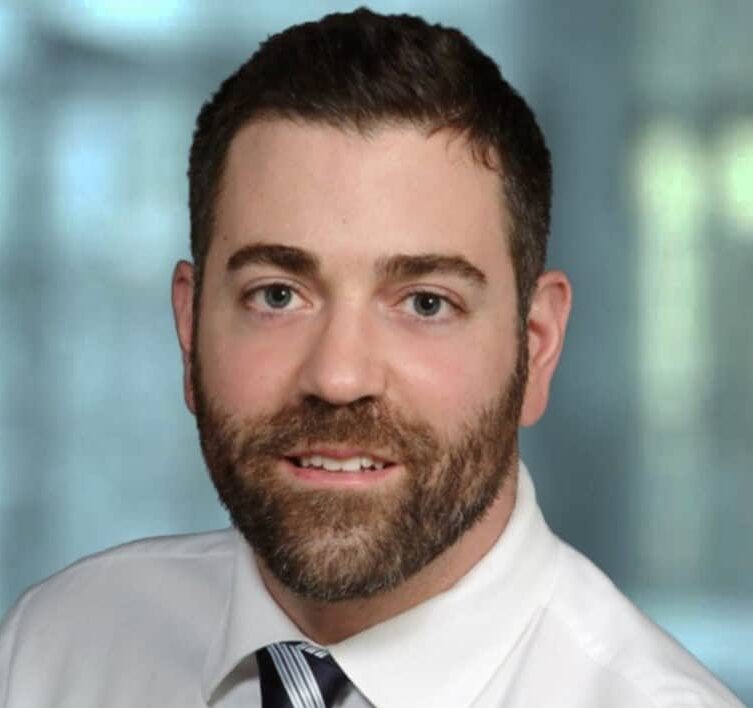What to Know about Sleep Apnea
A sleep medicine expert explains the symptoms to look for and why it’s important to get tested and treated for this common condition.


Sleep apnea is a common condition in which one’s breathing is repeatedly interrupted during sleep, preventing them from getting deep, quality sleep. Approximately 30 million people in the United States have sleep apnea, but only 6 million people are diagnosed, according to the American Medical Association. President Joe Biden, who has had this condition for more than a decade, recently began using a CPAP machine to treat his sleep apnea, the White House confirmed this week.

Dr. Daniel Barone
“Sleep apnea is one of the most common sleep disorders in America,” says Dr. Daniel Barone, a neurologist and sleep medicine expert at NewYork-Presbyterian/Weill Cornell Medical Center. “Thankfully we have numerous tools to treat sleep apnea, which, once under control, can make a big difference not just in terms of how a person feels in the morning, but in terms of their overall heath.”
Health Matters spoke with Dr. Barone to learn more about sleep apnea, its signs, treatments, and why getting enough quality sleep is important for our health and well-being.
What is sleep apnea?
Dr. Barone: Sleep apnea is when a person either stops breathing or has shallow breathing when they sleep. The problem can be mild to severe, based on how often your lungs don’t get enough air. For adults, mild sleep apnea means that breathing stops 5 to 15 times an hour. Moderate sleep apnea means breathing stops 15 to 30 times an hour. And with severe sleep apnea, breathing stops 30 or more times an hour. Each of these stoppages is, by definition, at least 10 seconds in length.
Is all sleep apnea the same?
There are two main types of sleep apnea. Obstructive sleep apnea is the most common type and most often occurs because your airways are blocked or partially blocked. When you sleep, your muscles become relaxed. In some people, this can include the muscles that keep your throat open or your tongue from falling to the back of your throat, blocking your airways. Central sleep apnea, which happens when the brain has trouble controlling breathing, is less common.
What are key signs someone might have sleep apnea?
Outside of the classic example of someone waking up in the middle of the night gasping for air and snoring, a person with undiagnosed sleep apnea is likely to notice that they can’t focus as well during the day, they’re tired, they get headaches and possibly become irritable. They might wake up with a dry mouth and have constant sore throats that can’t be explained by something else.
What risk factors can increase the chance of someone developing sleep apnea?
Sleep apnea can occur at any age, but the risk increases as people get older. Obesity can increase the risk, as can habits like smoking and drinking — alcohol can relax your throat muscles during sleep. Sleep apnea is also associated with heart disease, high blood pressure, stroke, and diabetes. So if someone has had a stroke or if they have diabetes and they snore, they should be tested for sleep apnea.
How is someone tested for sleep apnea?
It will usually start with a home test. The patient will get a pulse oximeter and some sort of an airflow detector that they will place in their nose to see how well the air is flowing in and out. Together these will monitor respiratory effort and oxygen levels. These tools will let us know if the person is trying to breathe but there’s no air coming in, which then leads to a drop in oxygen. If those tests are inconclusive, we might set up an overnight sleep study in a facility with more sensitive equipment.
What is a CPAP Machine?
CPAP, which stands for continuous positive airway pressure, is a machine that uses pressurized air to keep the airways open so the person can take in more oxygen when they sleep. The machine will include a mask that fits over your nose, mouth or both, straps to keep the mask in place, and a tube that connects the mask to the machine’s motor, which blows air into the tube.
The continuous flow of air in the throat keeps your tongue and surrounding tissue from blocking your airway. This helps stabilize your breathing and improve your overall sleep quality.
How is it treated?
Healthy lifestyle changes can make a difference. This means things like losing weight, getting exercise, healthy eating, limiting alcohol and not smoking. Sleeping on your side or stomach instead of your back can also help. Some people might respond to oral devices that either pull the lower jaw forward or hold the tongue forward to keep it from blocking your airway. Others, like President Biden, will need a CPAP machine. In fewer cases, an implantable device may be used to stimulate particular nerves to keep a person’s airways clear during sleep, or surgery may be recommended on your nose, mouth or throat, such as removing one’s tonsils.
Once you address the sleep apnea, that can have an impact on other health issues. For instance, someone could be on three blood pressure medications, but after a few months of using a CPAP or a dental device and getting quality sleep, the person’s blood pressure goes down and now they don’t need those medications.
How do sleep disruptions affect brain and overall health?
Deep sleep is restorative and regenerative. When we sleep, our brain uses this time to repair itself and siphon off some of the toxic proteins in the brain that build up from daily living. Our brain can’t do that if we’re not getting enough deep, quality sleep.
Sleep apnea may also increase your risk of developing type 2 diabetes, high blood pressure, and heart problems.
What should someone do if they think they have sleep apnea?
If someone thinks they have sleep apnea or if their sleep isn’t refreshing, they owe it to themselves to get tested. Have an open mind. It doesn’t hurt to get tested.
Daniel A. Barone, M.D., is a neurologist and sleep medicine expert at the Center for Sleep Medicine at NewYork-Presbyterian/Weill Cornell Medical Center and an associate professor of clinical neurology at Weill Cornell Medicine. He treats patients with all forms of sleep disorders, including sleep apnea, restless leg syndrome, insomnia, and narcolepsy. He is certified by the American Board of Psychiatry and Neurology and is a member of the American Academy of Neurology and the American Academy of Sleep Medicine. He is also the author of Let’s Talk About Sleep and The Story of Sleep: From A to Zzzz.
Additional Resources
Learn more about sleep medicine at NewYork-Presbyterian.

